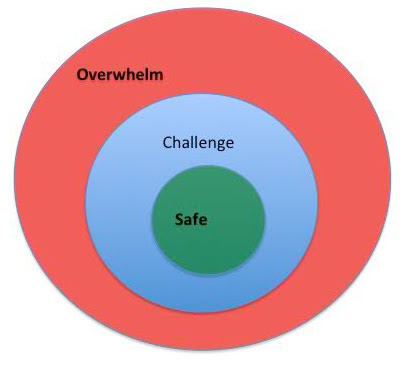MSC is about building resources, skills, and strengths to face our human imperfections with loving, connected presence.
It takes courage to embark on the practice of Mindful Self-Compassion. Choosing to learn how to respond to ourselves with kindness and compassion when we experience difficult emotions and experiences. This is quite a radical approach to addressing our suffering. How many times have we been told to “Grin and bear it,” to “Toughen up,” or “Try harder?” S
Self-compassion, on the other hand, asks “What do you need?” Self-compassion practice is about building the emotional resources, skills, and strengths to respond to our difficult emotions, self-judgments, and imperfections with kindness and compassion. Learning to bring loving, connected presence to our experiences and ourselves.
Here are a few guidelines on how to approach our MSC practice:
- It is an adventure with unexpected obstacles as we explore uncharted territories of our hearts and minds.
- We can give ourselves permission to make the practice as easy and delightful as possible. No striving required.
- It is OK to be a slow learner! Let me repeat, it is OK to be a slow learner!
- We can give ourselves permission for compassionate opening and closing. Imagine a water faucet; we are in charge of adjusting the flow based on what we need in the moment.
- We are responsible for our own emotional safety. We learn best when we are challenged but can’t learn when we are overwhelmed. We are in charge of closing when necessary. This is self-compassion in action!
- Use the 3 circles as a way to monitor where we are emotionally. Check in often and ask ourselves, “What do I need?” If and when we are overwhelmed, what may be needed is to close and move back toward safety.
Here are a few tips for how to close when needed in practicing MSC:
- Offer a soothing touch, like hands on the heart.
- Allow the guided meditation or instruction fall to the background of your attention and bring your focus to anchors like the breath, sound, or sensation (such as soles of the feet).
- Disengage from the meditation and open your eyes.
- Offer yourself comforting words you need to hear, such as loving-kindness phrases.
- Ask yourself, “Is there is anything I am ready and willing to let go of to ease the struggle in this moment?”
Letting go of Striving . Article By Cecilia Fernandez-Hall, PhD. MSC Teacher






